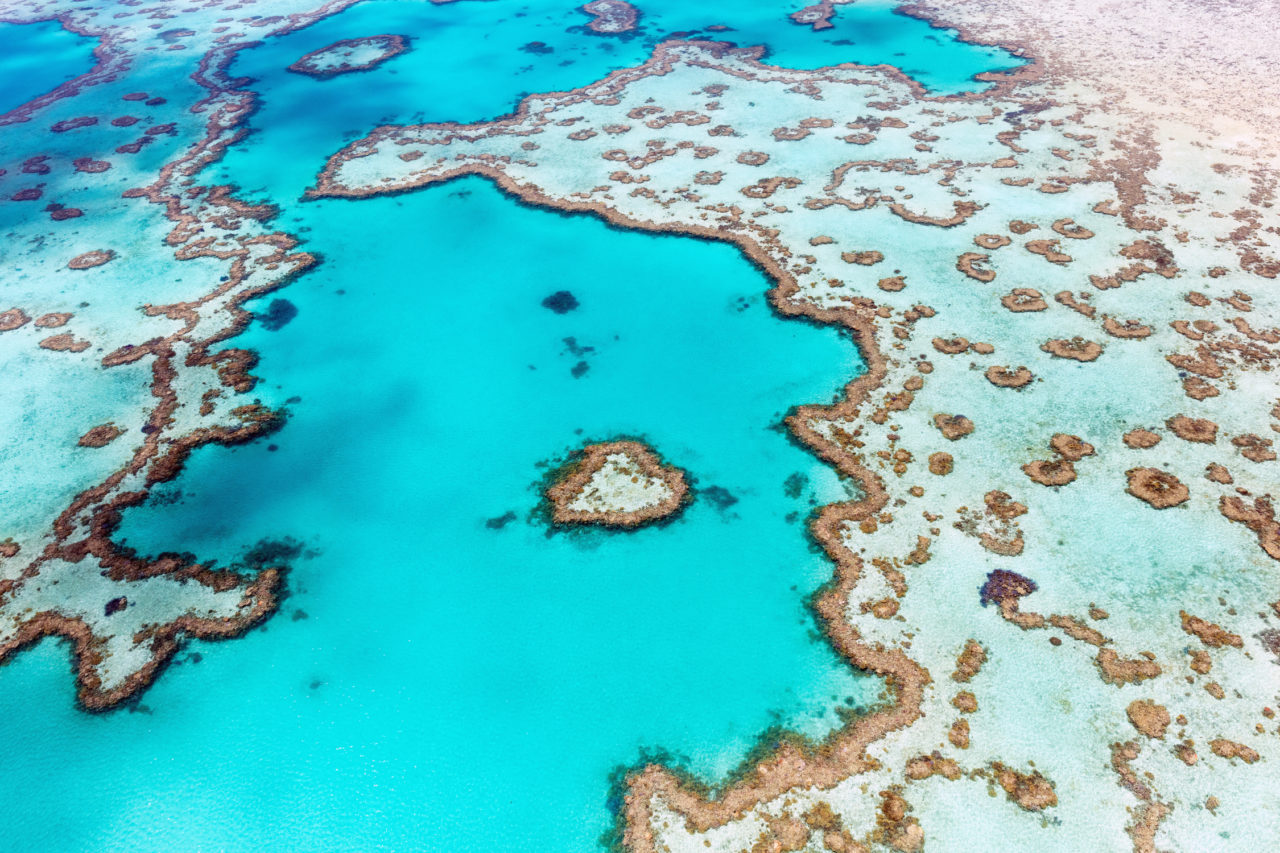The Plight of the Great Barrier Reef: Can the Damage be Reversed?
Australia’s Great Barrier Reef is unlike any other ecosystem in the world. It’s home to more than 1,500 species, including sharks, turtles and whales, and is made up of nearly 3,000 individual reefs. With living coral growing on dead coral, it’s estimated that the Great Barrier Reef has been around for nearly twenty million years and has grown to a size greater than the United Kingdom, Holland and Switzerland combined.
But things are changing. After years of damage by increasing underwater temps, scientists say this natural wonder—along with the abundance of sea creatures living in and near it, will never be the same. An alarming study details the severe damage that climate change has inflicted on the reefs. In 2016, it experienced the worst bleaching crisis in history. Rising water temperatures essentially cooked and killed swathes of corals, causing a disastrous die-off of nearly 30% of the world’s largest coral system.
Bleaching occurs when water temperatures get too hot, causing the colorful algae that live in the coral to leave and exposing it to burn bright white. If water temperatures have the chance to cool down, the reefs can recover. But it’s just not happening and the coral is dying off in droves. Most scientists didn’t expect to see this level of destruction to the Great Barrier Reef for another few decades. The study has revealed the sheer magnitude of different species impacted by rising temperatures. In order to have a variety of fish, shrimp and other species thrive on reefs, diverse coral communities are needed—and they’re just not surviving. The makeup and mix of species found in the reefs has already drastically changed.
As global temperatures rise, coral bleaching events are expected to worsen – and not just in the Great Barrier Reef, but nearly every other major reef system in the world. But how does this problem—worsened by human activity—affect us on a human scale?
The Great Barrier Reef provides Australia with roughly 64,000 jobs and brings in billions of dollars annually in tourism revenue. However, the deterioration of the reefs will undoubtedly take a toll on the country’s economy. Not to mention, millions of people in surrounding countries rely on reef fish as their primary source of protein, and the loss of the food supply could eventually lead to a humanitarian crisis.
In January of this year, the Australian government announced a $60-million investment into the support of the world’s first research project to secure the viability of the Great Barrier Reef and protect the waters surrounding it. The funding includes incentives for farmers to adjust their operations to reduce the amount of harmful, coral-killing pollution that flows into the sea, as well as additional funding for the removal of the invasive coral-eating crown-of-thorns starfish. It’s another step in the right direction, and there is still some hope that the damage to the Great Barrier Reef can be dampened, and possibly reversed. But there’s still much to be done.
Australia signed the Paris climate accord in late 2015, showing its commitment to curbing global warming. However, the country is still digging up and burning fossil fuels—which is a leading cause of global warming and reef bleaching. The current state of the coral reefs is a telling sign of the health of our seas globally. If action isn’t taken soon to systematically halt global warming, scientists warn that it could mean the end of the road for the reefs, along with the massive amount of money brought in by reef tourism.
